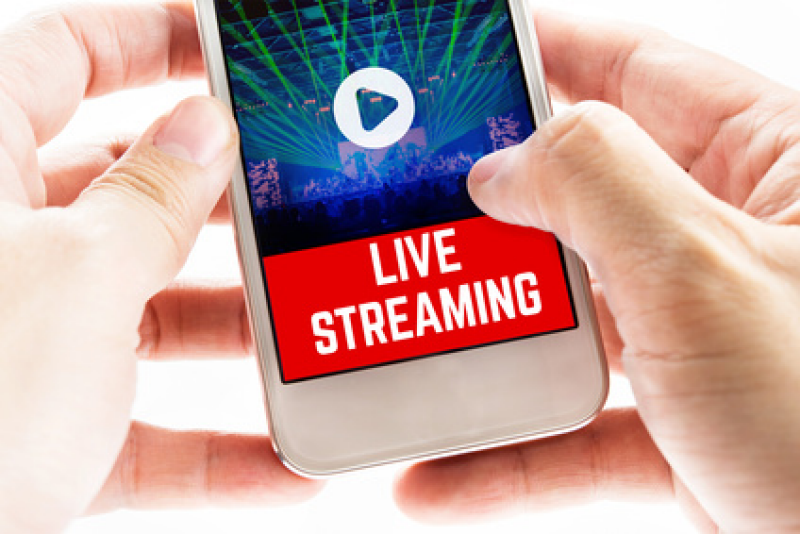Video streaming of live events as they happen has definitely arrived. Within the past couple of months millions of people have watched live video as a woman broadcast the aftermath of her partner’s shooting on Facebook Live, and House Democrats broadcast their gun legislation protest in Congress on Periscope after House Republicans shut down the official video. But even completely mundane live-streaming is having an impact, as millions of Chinese routinely watch video of other people’s everyday lives. It seems possible that live video on the internet may have the power to transform our perceptions in subtle but important ways. (I wonder how many people would be interested in watching the behind-the-scenes work in a library?)
- How advertisers are tapping into China’s crazy live-streaming culture (Ad Age | Angela Doland) “The exchange of money is driving interest. But there may also be social factors behind why live streaming really caught on here. China has a huge population of migrant workers living far from home, says Amber Liu, CEO of local agency Amber Communications. They’re searching for connections online, as are young people who grew up as only children under the one-child policy. Live streaming is ‘a new and very important form of human connection,’ said Mr. Liu, whose agency has done live streaming work for Adidas and Sony.”
- Why Periscope and live video streaming is the social media that really matters (PenguinSix | Andrew) “People should cast aside the one-sided conversations that are pointlessly supported by the hollow engagement metrics of likes and shares. With live streaming we have a chance to really communicate what is most important: Understanding. Understanding comes when you see the world through someone else’s eyes and UNDERSTAND why they see it a certain way. A person who watches a live video experiences the decision-making process of another person first hand and begins to UNDERSTAND why they turned this way or that, why they eat this or that, why they buy this or that. When a person is given the chance to see things live as they occur, and occasionally even take part in the decision-making process of that individual or guide a conversation a certain way, that person develops a much greater understanding of what is going on, and a greater respect for the other person.”
- Live broadcasting gay banality (Sixth Tone | Andy Boreham) “In a society where gay men are almost invisible — just 15 percent of Chinese LGBT individuals have come out to their families — and gay characters and themes in popular culture are subject to censorship, live streaming on gay social media apps began at the start of 2016 and became instantly popular, providing much-needed visibility, but also padding the pockets of gay businesspeople. ‘The viewer comments are sometimes really gross,’ Li says without taking his eyes off the screen — it’s hard to keep up with what people are saying because their comments scroll by so fast. ‘Reading these messages is just as important as hearing the broadcaster’s responses’ Li says.”
- The unpredictable course of live streaming has caught us unprepared (The Guardian | Emily Bell) “While news organisations are pulled into the live stream by the tide of attention, so Facebook is also carried by the same tide further into the deep waters of publishing responsibility. The irony of the current position is that news organisations and to an extent Facebook have been in their own very different states of denial about what is happening. Facebook knew the technology it deployed to bring forth Chewbacca Mom would also empower important political movements such as Black Lives Matter. It knows now that every time a violent atrocity is committed Facebook is the default destination, and its actions however automatic are freighted with meaning. And the traditional media have our own private dilemmas as we create the audience for terror or policy theatre.”
Articles from Ohio Web Library:
- So social: The next big thing in social media, live streaming (Chicago Tribune, March 31, 2015 | Scott Kleinberg)
- Facebook Live and Periscope: Live streaming for social workers. (New Social Worker, Summer 2016, p.28-29 | Mercedes Samudio)
- The key to social streaming success. (EContent, July/Aug.2016, p.3 | Theresa Cramer)


